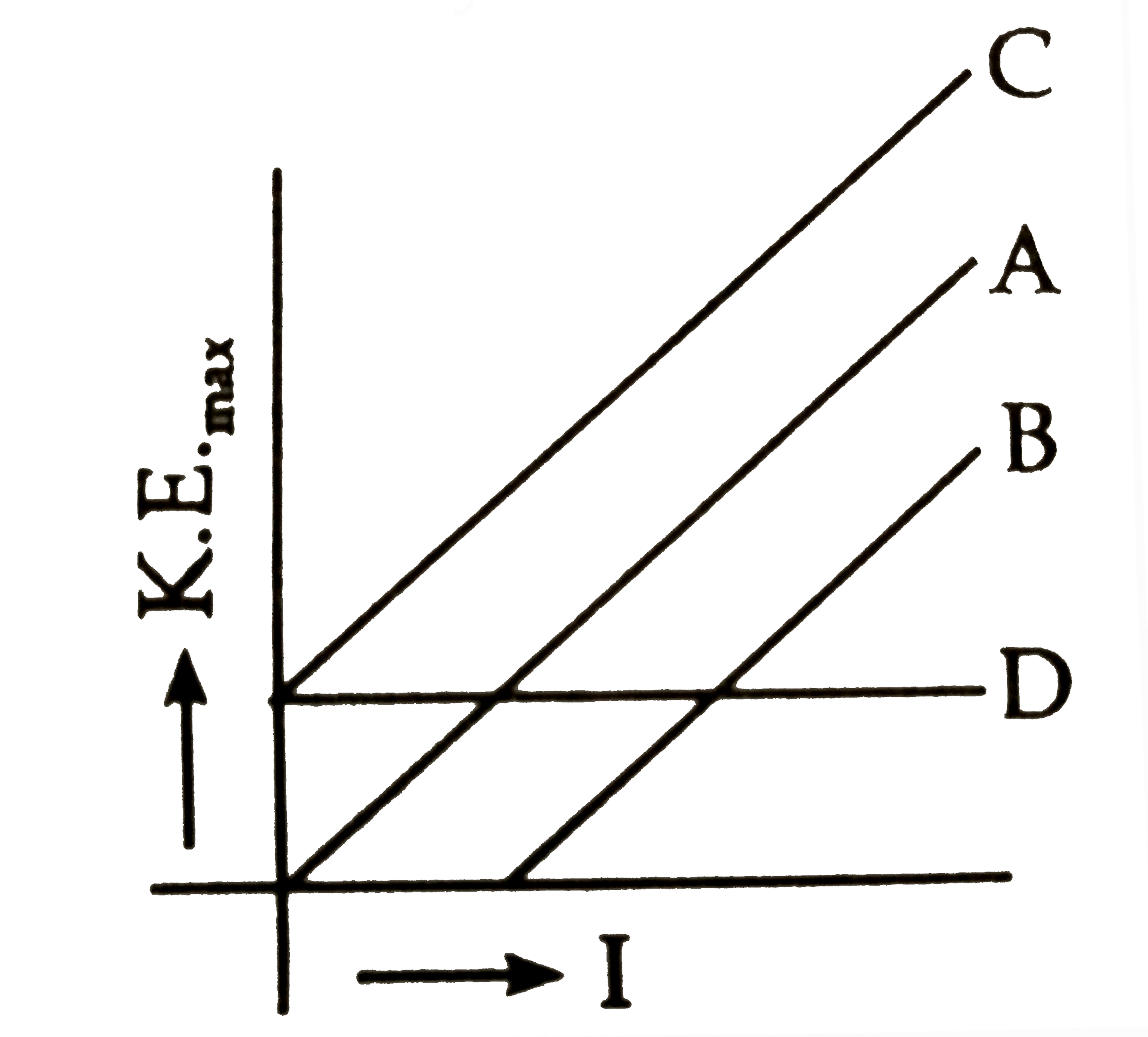The graph shows the relation between light intensity and the giving off and taking up of carbon dioxide by the leaves of a plant. Why is most carbon dioxide given off when the light intensity is zero units.
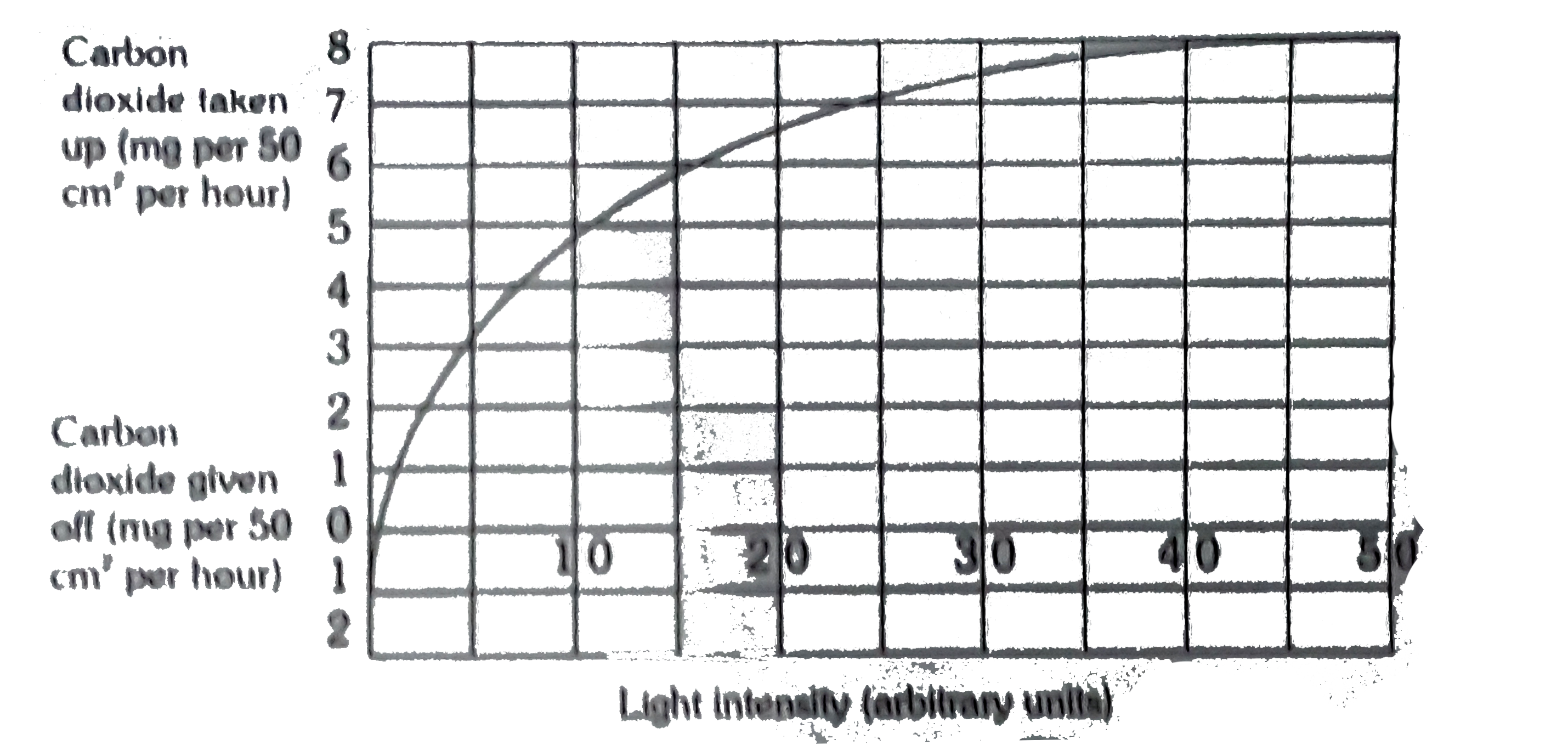
because it is just the start of the experiment
only respiration is taking place at this intensity of light

the rate of photosynthesis is equivalent to the rate of respiration
the rate of photosynthesis is more than the rate of respiration
The correct Answer is:B
Step by step video, text & image solution for The graph shows the relation between light intensity and the giving off and taking up of carbon dioxide by the leaves of a plant. Why is most carbon dioxide given off when the light intensity is zero units. by Biology experts to help you in doubts & scoring excellent marks in Class 12 exams.
Topper's Solved these Questions
Similar Questions
Knowledge Check
- Question 1 - Select One
When do the desert plants take up carbon dioxide ?
ADuring early morningBDuring dayCDuring nightDAll the time - Question 2 - Select One
The graph showing the dependence of intensity transmitted light on the angle between polariser are analyser, is
A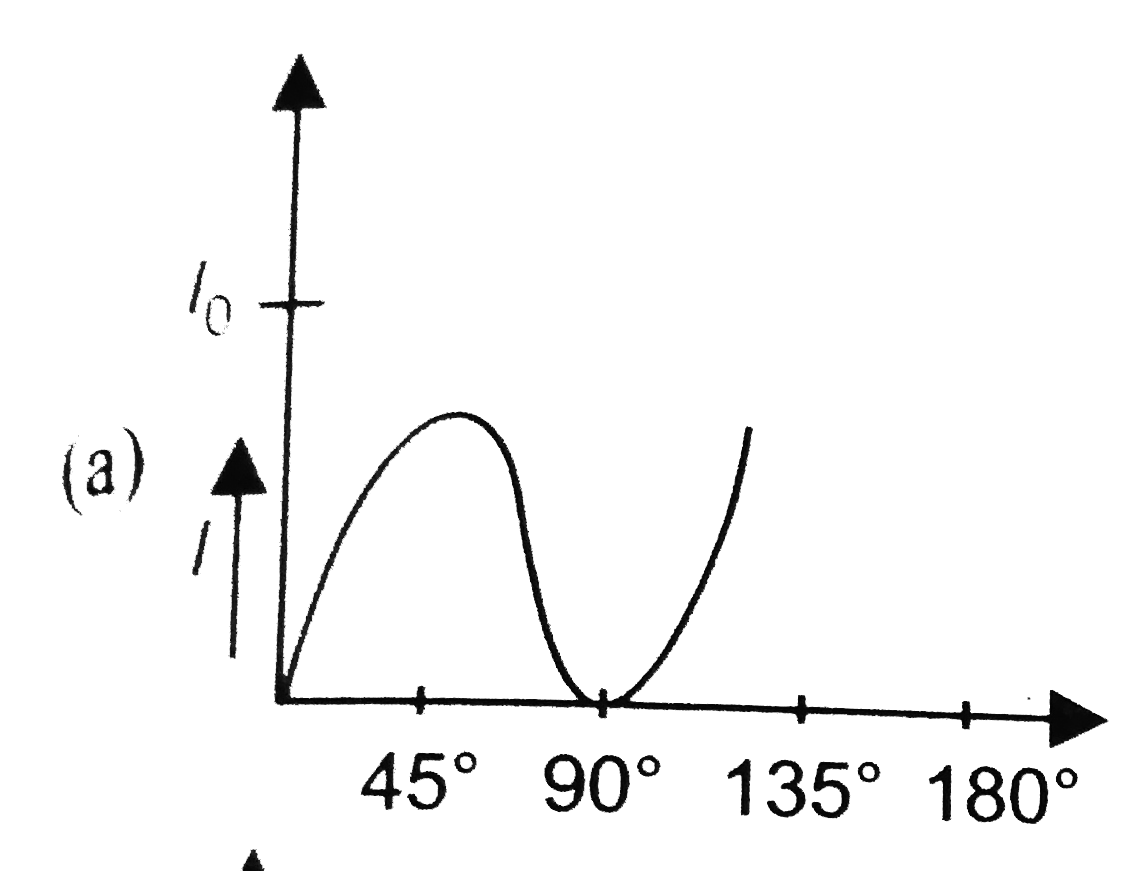 B
B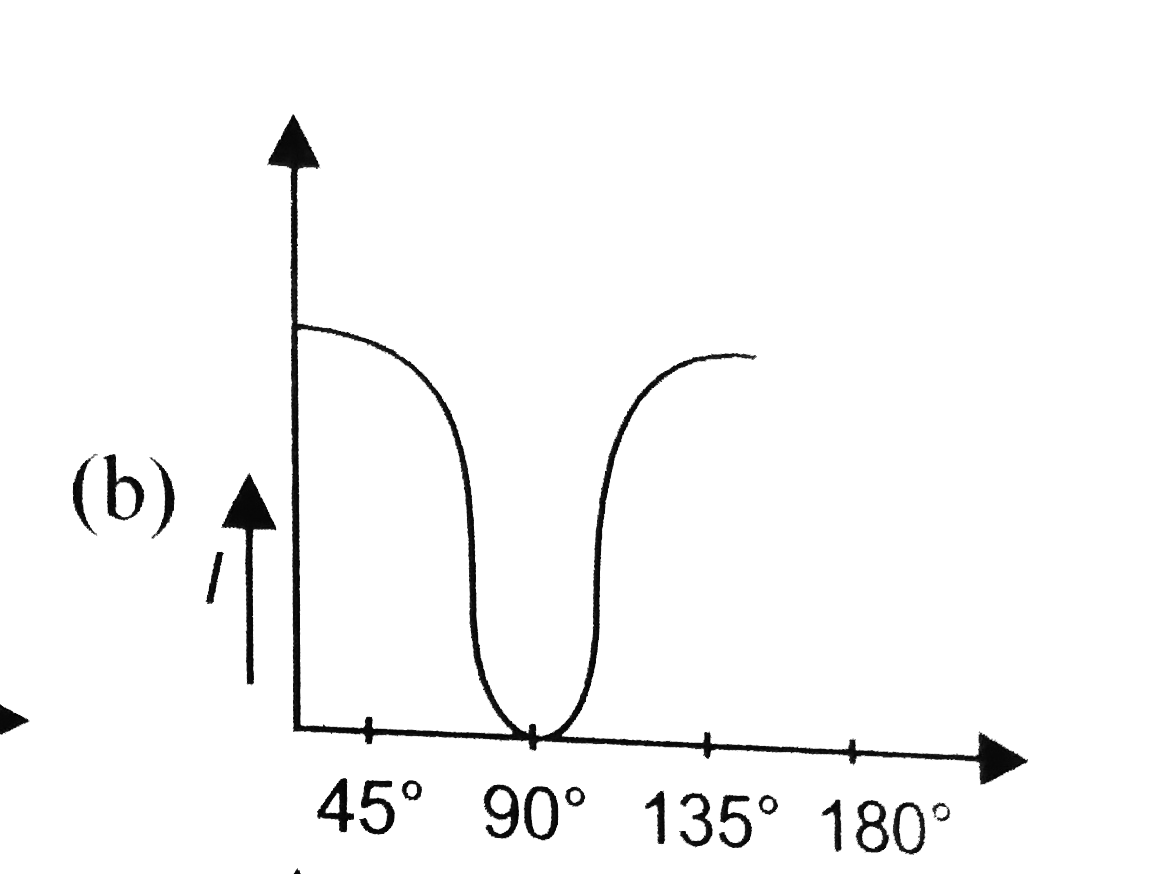 C
C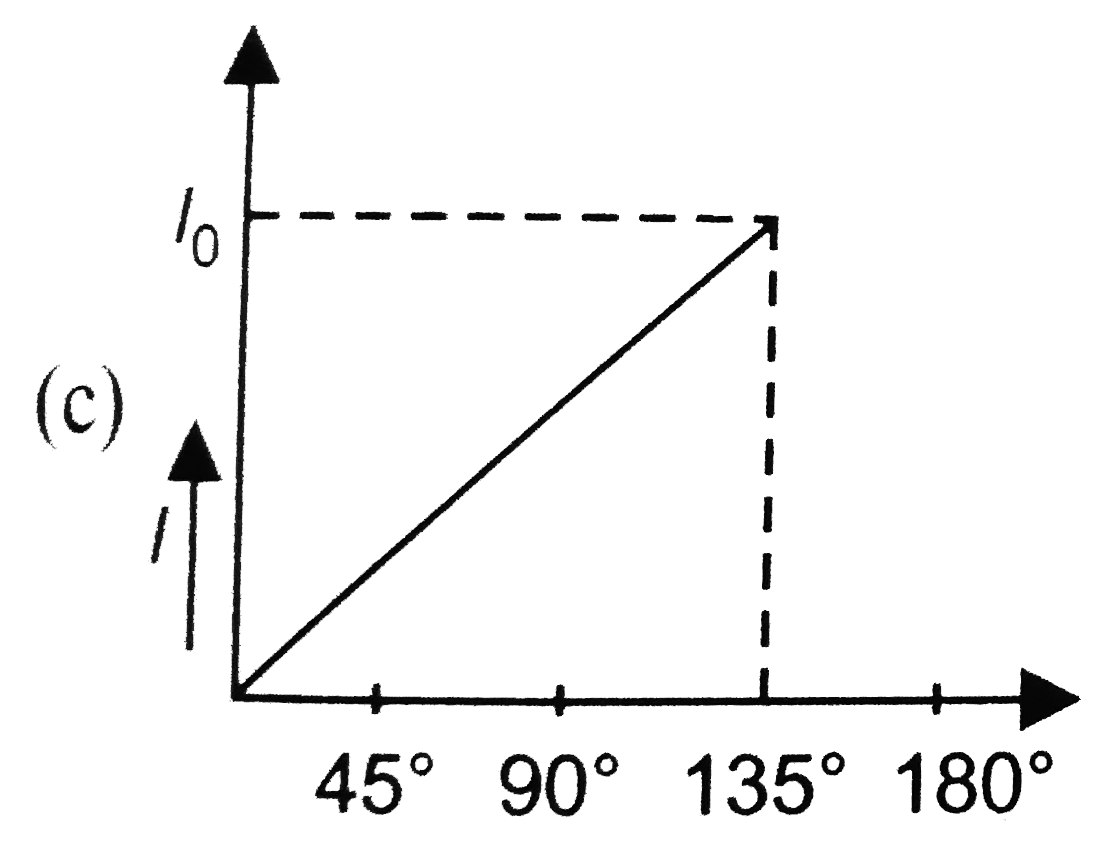 D
D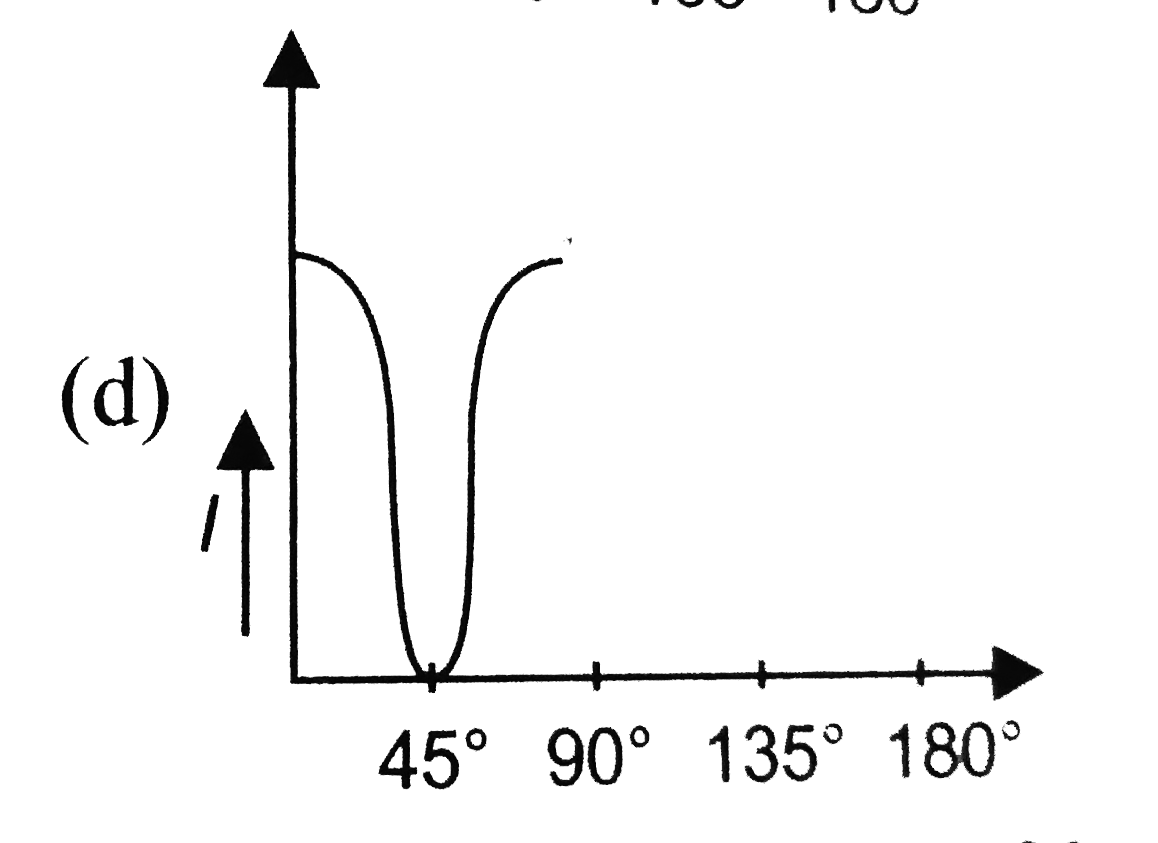
- Question 3 - Select One
The graph showing the dependence of intensity of transmitted light on the angle between polariser and analyser is
A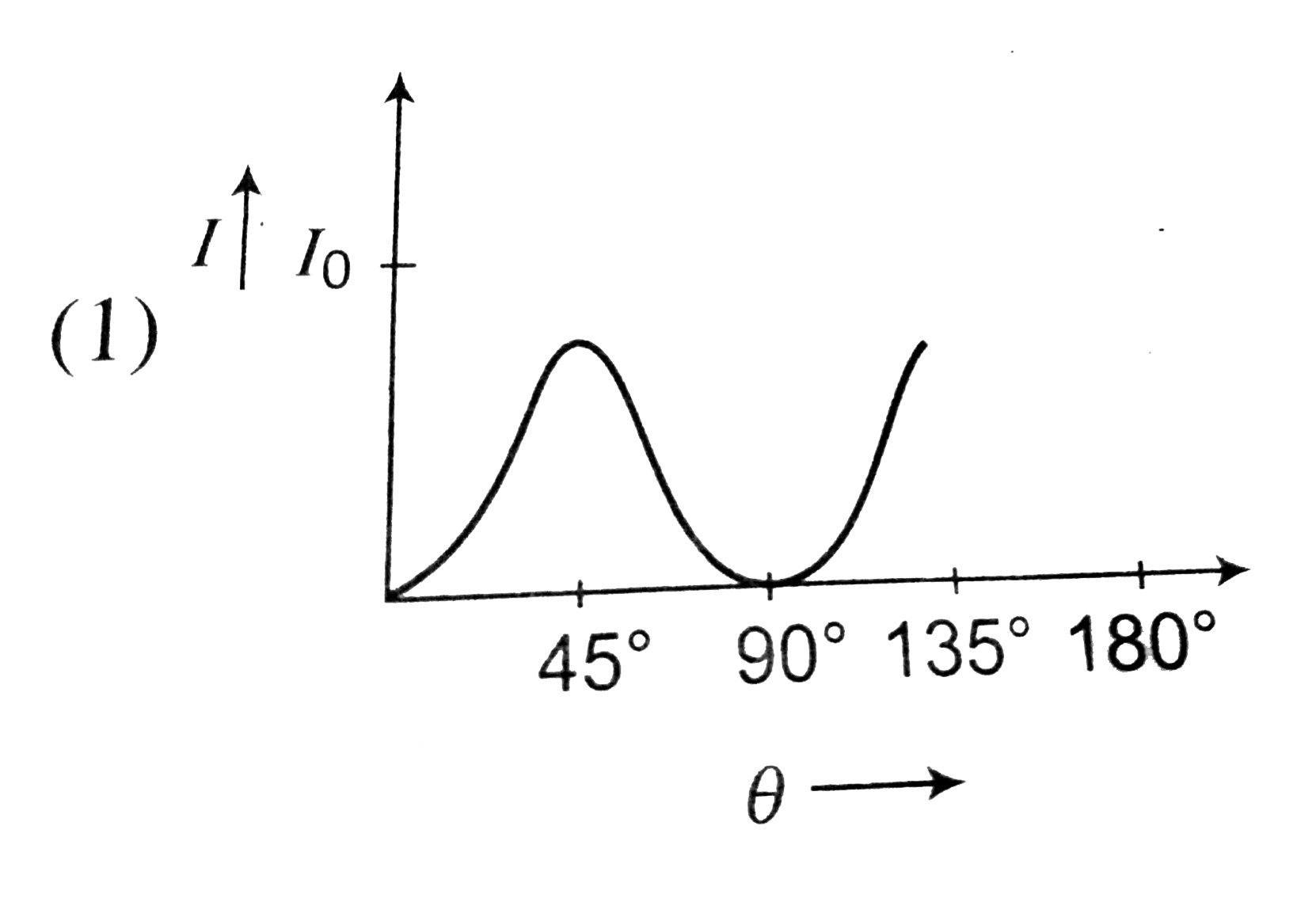 B
B C
C D
D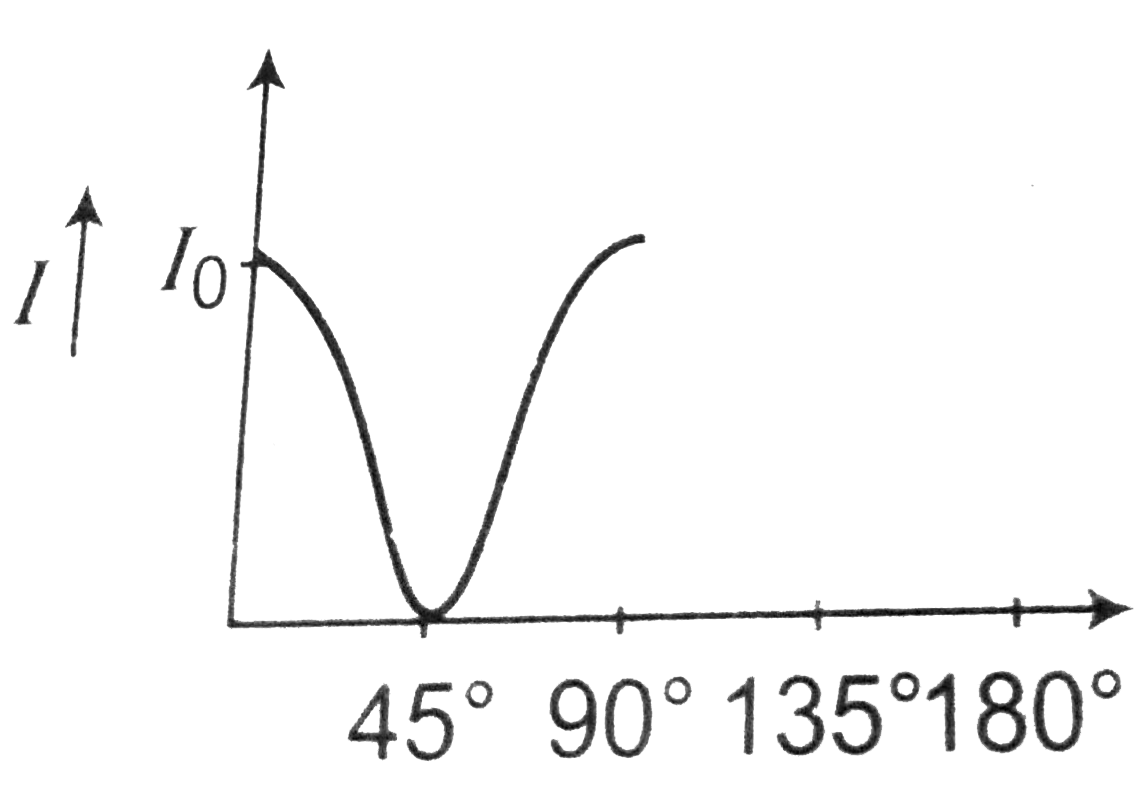
The spherical surface of a plano-convex lens comes into contact with a glass plate. The space between the lens and the plate is filled up with carbon dioxide. The refractive indies of the lens, carbon dioxide, and the plate are equal to n1=1.50,n2=1.63, and n3=1.70 respectively. the curvature radius of the spherical surface of the lens is equal to R=100cm. Determine the radius of the fifth dark Newton's ring in reflected light with wavelength λ=0.50μm.
View SolutionSince coal and petroleum have been formed from bio-mass, in addition to carbon, these contain hydrogen, nitrogen and sulphur. When these are burnt, the products are carbon dioxide, water, oxides of nitrogen and oxides of sulphur. When combustion takes place in insufficient air (oxygen), then carbon monoxide is formed instead of carbon dioxide. Of these products, the oxides of sulphur and nitrogen and carbon monoxide are poisonous at high concentrations and carbon dioxide is a greenhouse gas. Another way of looking at coal and petroleum is that they are huge reservoirs of carbon and if all of this carbon is converted to carbon dioxide, then the amount of carbon dioxide in the atmosphere is going to increase, leading to intense global warming. Thus, we need to use these resources judiciously.
What is the common source of carbon dioxide, water, oxides of nitrogen and suplhur in the air ?View SolutionSince coal and petroleum have been formed from bio-mass, in addition to carbon, these contain hydrogen, nitrogen and sulphur. When these are burnt, the products are carbon dioxide, water, oxides of nitrogen and oxides of sulphur. When combustion takes place in insufficient air (oxygen), then carbon monoxide is formed instead of carbon dioxide. Of these products, the oxides of sulphur and nitrogen and carbon monoxide are poisonous at high concentrations and carbon dioxide is a greenhouse gas. Another way of looking at coal and petroleum is that they are huge reservoirs of carbon and if all of this carbon is converted to carbon dioxide, then the amount of carbon dioxide in the atmosphere is going to increase, leading to intense global warming. Thus, we need to use these resources judiciously.
What makes carbon monoxide poisonous ?View SolutionSince coal and petroleum have been formed from bio-mass, in addition to carbon, these contain hydrogen, nitrogen and sulphur. When these are burnt, the products are carbon dioxide, water, oxides of nitrogen and oxides of sulphur. When combustion takes place in insufficient air (oxygen), then carbon monoxide is formed instead of carbon dioxide. Of these products, the oxides of sulphur and nitrogen and carbon monoxide are poisonous at high concentrations and carbon dioxide is a greenhouse gas. Another way of looking at coal and petroleum is that they are huge reservoirs of carbon and if all of this carbon is converted to carbon dioxide, then the amount of carbon dioxide in the atmosphere is going to increase, leading to intense global warming. Thus, we need to use these resources judiciously.
Suggest alternatives to use of fossil fuels.View SolutionWhy do the plant closes stomata when it does NOT need carbon dioxide for photosynthesis?
View Solution


